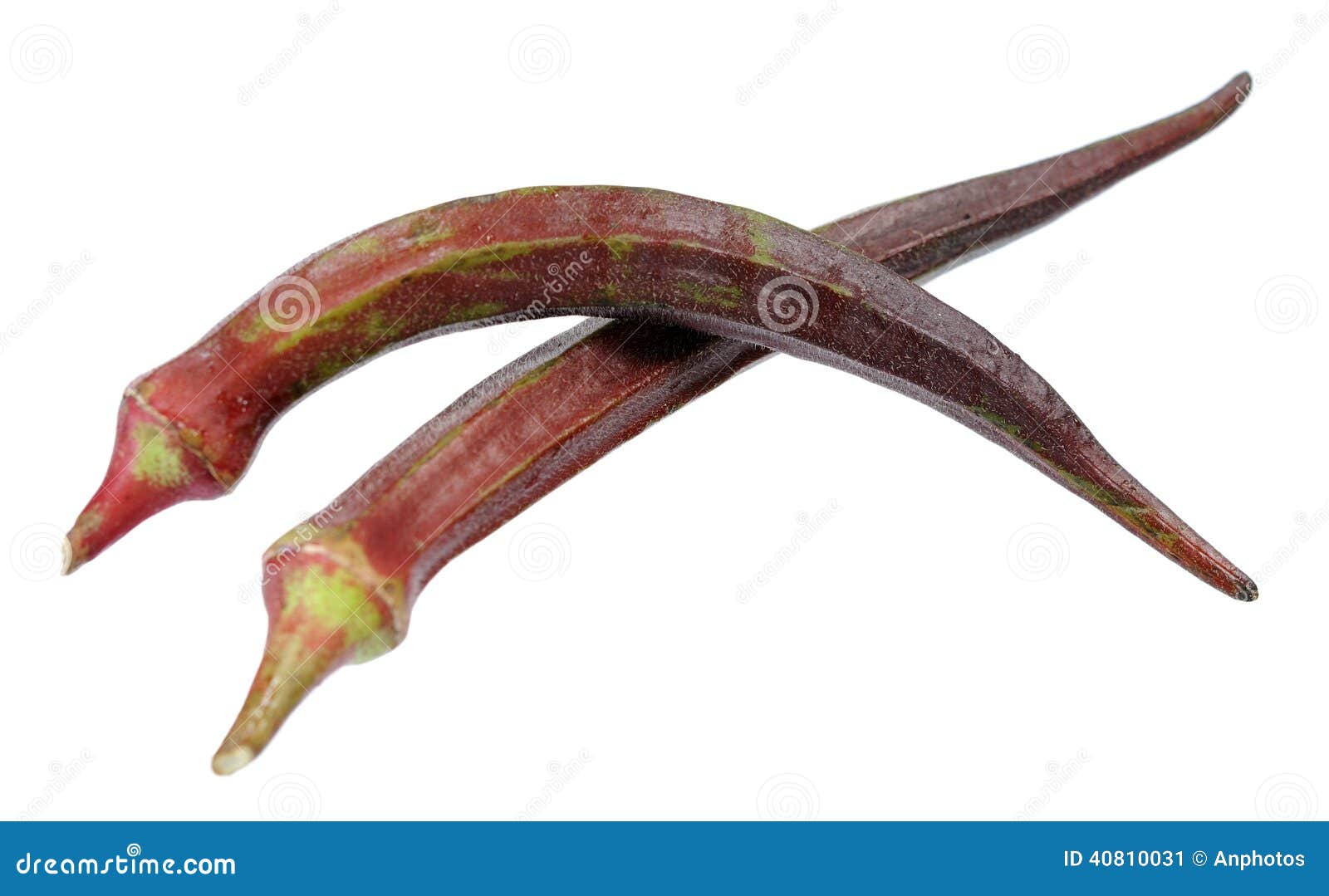

Or, "wickles," (wicked sweet and spicy pickles) as this blogger puts it. If you're not crazy about okra on its own, try disguising it with stronger flavors and textures, as in this tomato-based lamb and okra stew or bamya, an Egyptian stew made with beef broth.ĥ. Maybe, like Cooking Books blogger Andrea promises, this spicy version will make an okra believer out of me yet.Ĥ. It can be simply flavored with olive oil, salt and pepper, or smothered with spices. If you're short on time, see Cooking for Engineers' version.ģ. Raw okra contains 90 water, 2 protein, 7 carbohydrates and negligible fat. Try it with seafood, chicken and sausage, or no meat at all there are a zillion recipes out there. The Vegan fried okra is also prepared without cornmeal and without breading. Dredged in egg and cornmeal and fried to a golden crisp, it's a " simple Southern classic." Add a twist by making it curried.Ģ. This 10 minute pan fried okra recipe is a one pot/pan, vegan and gluten-free side dish. Not all varieties have those sharp hairs on the outside of the pods, but if present, their sting can be quickly neutralized by hot water.ġ. Like purple green beans, they lose their color and turn dark green after cooking, but they lend a gorgeous pink hue to the vinegar of pickled okra, and their insides are said to be slightly less mucilaginous. (Its hibiscus-like flowers inspired its original scientific name Hibiscus esculentus, but botanists later renamed it.) It's a good source of vitamin C and fiber, as well as glutathione, an antioxidant with anticarcinogenic properties. Purple Okra: Keep an eye out at your local farmer’s market for purple okra. The okra plant, Abelmoschus esculentus, is a cousin of cotton in the mallow family. The French word for okra is 'gombo,' which, like gumbo, derives from a Bantu word.When cut, it is.much valued for its mucilaginous or sticky properties." The English word 'okra' is derived from the Twi word 'nkuruma' and is famous in the United States as the thickening agent in the gumbo stews of Louisiana. According to the book " Food Culture in Sub-Saharan Africa," by Fran Osseo-Asare: "Okra is another indigenous West African vegetable that has spread globally.

Okra's a beloved staple in other regions, such as the American South, parts of Africa and the Mediterranean. I admit, if okra hadn't been included in our CSA share these past few weeks, I would probably still be unacquainted with it-and I'm still not exactly in love.īut hey, I'm from New England.
#Purple okra skin#
Its prickly skin can sting your fingers, and slicing into it reveals little more than seeds and slime.

During the day, temperatures need to be between 80-90F and at night between 60-65F.Okra's a strange little vegetable, the kind of thing you might not guess was edible if no one told you. If it is not hot enough, growth will be slow or stall completely. Water consistently so the ground is moist but not soggy. Place them 2' apart in rows that are 3-4' apart. The seedlings should be between 3-4" at transplant. Transplant them outside after all danger of frost has passed. The seeds will need temperatures between 70-90F to germinate. They are excellent container plants too.įill starter flats with a good organic potting soil and plant seeds 3/4" deep. This gives them a head-start and is a necessity in many areas. The seeds are best started indoors two months before they can be transplanted outside. Be sure to pick one that works for your area. It is not a good choice for all climates. Find high yield okra seeds that grow quickly and love the sun available at Burpee seeds. Okra needs warm temperatures and long days to produce well. Okra seeds provide one of the prettiest vegetables you can grow. Plants are tall, 4-5' high, with burgundy stems and green leaves. The stunning purple okra variety produces prolifically and adds depth to the garden.


 0 kommentar(er)
0 kommentar(er)
